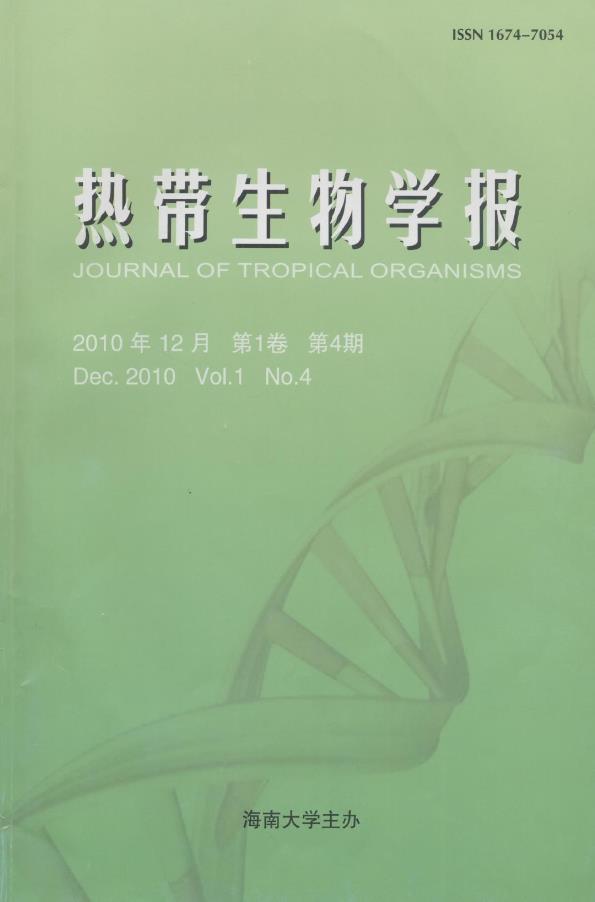Nucellus Friable Callus Induction and its Embryoid Ontogeny from Rubber Tree Clone Reyan 88-13
doi: 10.15886/j.cnki.rdswxb.2010.04.014
- Received Date: 2010-08-20
-
Key words:
- Hevea brasiliensis Müll. Arg. /
- nucellus /
- friable embryogenic callus /
- long-term subculture /
- embryoid
Abstract: The nucellar tissue from the young seeds of rubber tree clone Reyan 88-13 was used to induce embryogenic callus. The different culture parameters such as the different types and concentrations of plant growth regulators and different calcium concentrations in embryogenic callus induction media and subculture media had been analyzed and the optimal culture parameters had been determined. Through continuous subculture and selection for 5 months,friable embryogenic callus had been gradually obtained. Long term subculture had been carried on for the friable embryogenic calli. Histological sections proved that the calli proliferated by long term subculture maintained the embryogenic characters. The nucellar friable and embryogenic calli of rubber tree clone Reyan 88-13 that had been subcultured for more than 2 years were used for inducing embryoids,and 186 embryoids were obtained,which were being used to induce plant regeneration.
| Citation: | LI Zhe, DAI Xue-mei, SUN Ai-hua, HUANG Tian-dai, ZHOU Quan-nan, HUANG Hua-sun, LIN Wei-fu, Ludovic Lardet, Pascal Montoro, Marc-Philippe Carron. Nucellus Friable Callus Induction and its Embryoid Ontogeny from Rubber Tree Clone Reyan 88-13[J]. Journal of Tropical Biology, 2010, 1(4): 307-313. doi: 10.15886/j.cnki.rdswxb.2010.04.014 |






 DownLoad:
DownLoad: